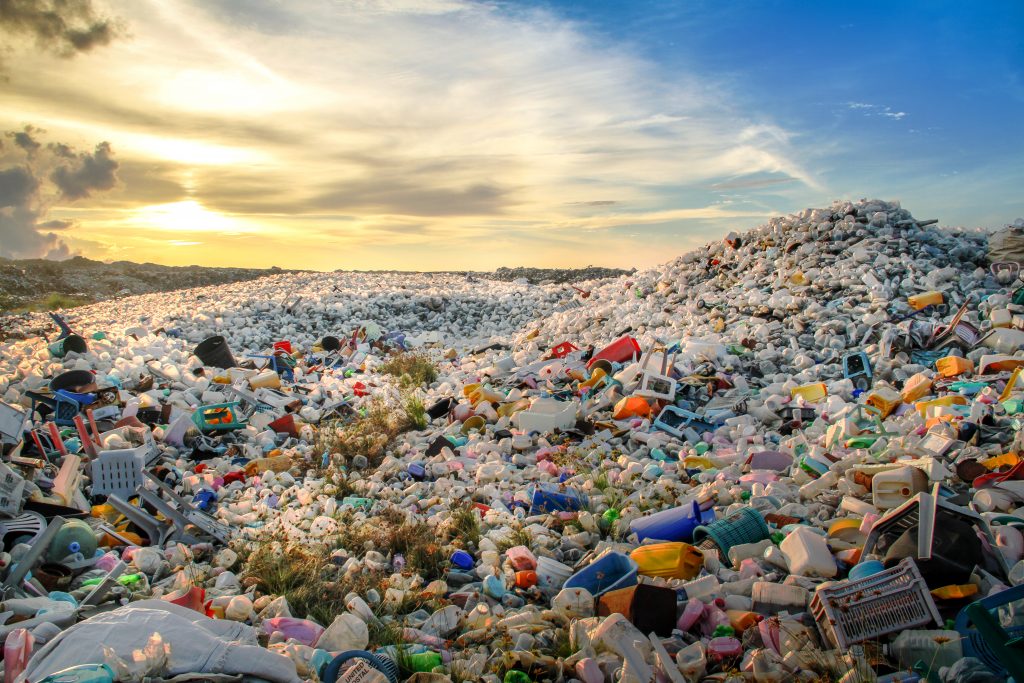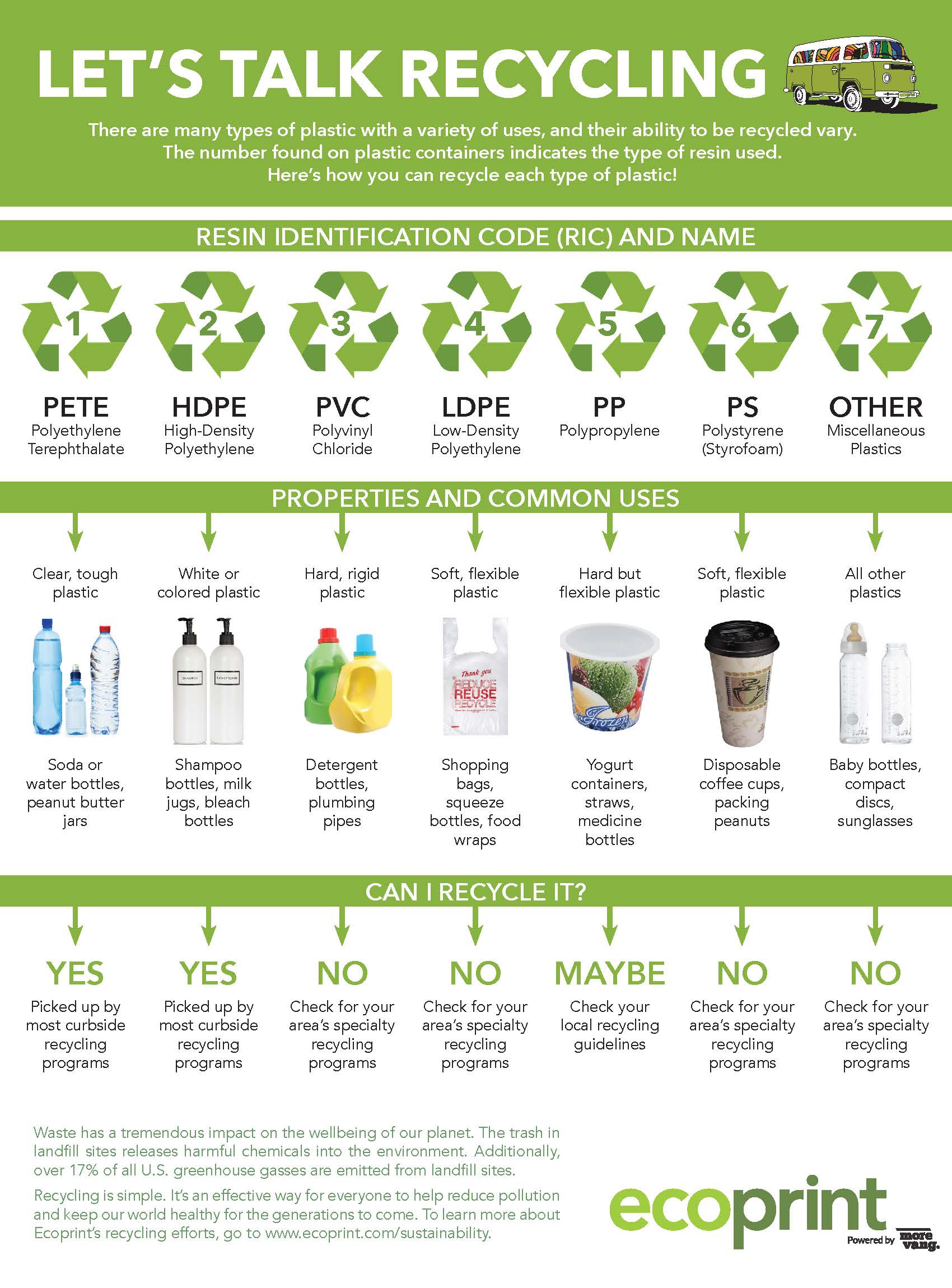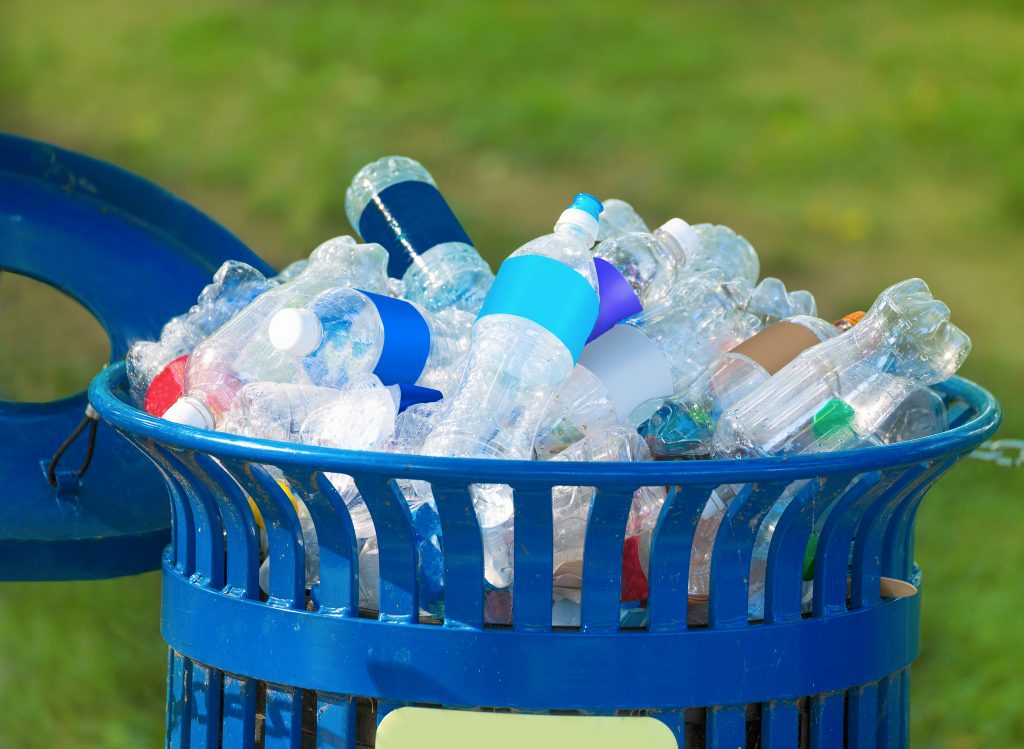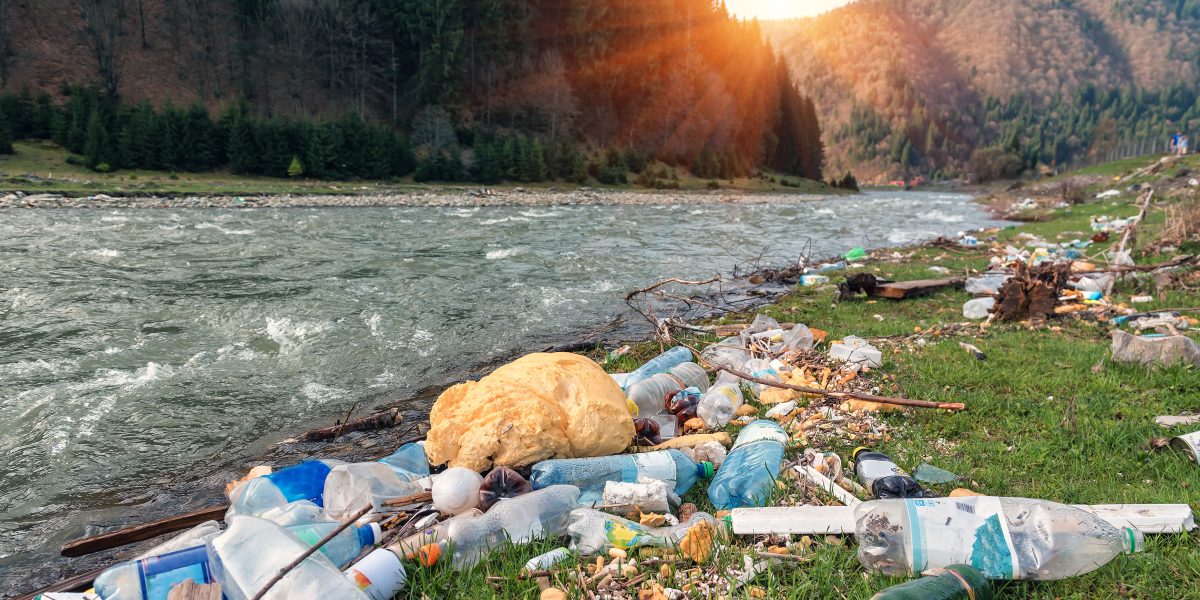The benefits of plastic are undeniable. The material is cheap, lightweight and easy to produce. These qualities have led to its boom over the past century. And the trend will certainly continue as global plastic production skyrockets over the next 10-15 years.
Unfortunately, we are already unable to cope with the amount of plastic waste we generate. Of the 8.3 billion metric tons that have been produced, 6.3 billion metric tons have become waste; with only 9% having been recycled. The vast majority accumulates in landfills or is sloughed off in the natural environment as litter. Some 13 million tons of plastic enter our waterways every year, with most of that ending up in our oceans. This waste harms biodiversity, economies and, potentially, our own health.
Clearly plastic pollution is a menace that needs to be addressed. While we should all strive to use less plastic in our daily lives, we can also make a serious commitment to recycling.
The first step to effective plastic recycling is learning about the different types of recyclable plastics.

How to identify recyclable plastics
If you look at the plastic storage containers in your home, you’ll find numbers engraved on them. These are the SPI Resin Identification Codes (“SPI Symbols”), a set of symbols placed on plastic items to identify the resin type that the items were made from. It’s these plastic recycling codes that help you differentiate between recyclable and non-recyclable plastics.
There are seven types of plastics in common use:
1. PET (Polyethylene Terephthalate)
PET is a common form of single use plastic mainly used for water and soda bottles. Although these plastics are commonly used, they pose a danger when it comes to reuse. The antimony trioxide used to make these plastic containers is carcinogenic. So, as part of your recycling program, be cautious on how long you keep foods in these containers.
2. High-Density Polyethylene (HDPE)
Used for things like milk jugs, detergent bottles, and toys, HDPEs are considered one of the safest types of plastic and are the most recycled. Most of them are safe to reuse, which gives you multiple ways to recycle, especially at home. Before putting them into the recycling bin, you can try reusing them for everything from storing cereals to carrying water.
3. Polyvinyl Chloride (PVC)
PVC is used in toys, plastic wrap, pipes, and other household items like garden hoses. PVC poses an environmental and health risk, and products made with PVC cannot be recycled. Therefore, it is best to avoid using PVC if possible.
4. Low-Density Polyethylene (LDPE)
LDPE plastics are thin, less dense, and less crystalline, making them more flexible. They are commonly used for items like plastic bags and squeeze bottles. LDPEs are safe, cheap to process, and have infinite uses. These properties make it difficult to recycle, but many communities are starting to accept LDPEs as part of their recycling programs.
5. Polypropylene (PP)
Most PPs fall between LDPEs and HDPEs, hence they are relatively safe to use. PPs are commonly used in disposable diapers, yogurt containers, chip bags and rope. Because of their heat-resistant qualities, they’re also popular for hot food containers. Unfortunately, only about 3% of PPs are recycled. In fact, some research suggests PPs should not be part of plastic recycling and waste management in the United States.
6. Polystyrene (PS)
PS plastics are commonly used for egg cartons, packing peanuts, food containers and more. Elements disperse this ultra-lightweight plastic, and bits of PS end up on beaches and in the ocean. The consequences of PS on human and marine life are yet to be calculated. Consumers are advised to stay away from PS plastics since they are not widely recyclable and pose a health risk.
7. Other
These are plastics that are not identified by numbers 1-6. They are a combination of different materials, such as polycarbonates and BPA. There are many health complications tied to these materials, and they are not reusable or recyclable. It is best to avoid these plastics altogether, but especially for things like children’s food.

Download our infographic guide to recycling plastics for quick reference.
Despite the efforts by researchers and manufacturers to create unique plastics, most of them still end up in our waterways and landfills. And many recyclable plastics cause serious health problems; they shouldn’t be used, let alone recycled. If you are committed to fighting environmental pollution, find out which plastics can be recycled and do your part. And above all, swap out plastic items for more sustainable, reusable options.
Sustainably,
Bobby Firestein


